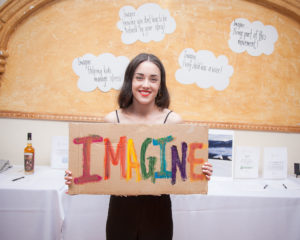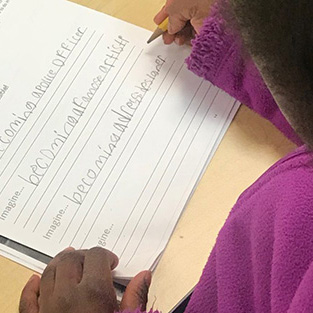
Blog
School Shootings: A Tool that can Help Stop this Horrible Trend
Ugh, yet another school shooting. Our hearts are all breaking once again. When will it ever end? What are the solutions? How can we help?

Ugh, yet another school shooting. Our hearts are all breaking once again. When will it ever end? What are the solutions? How can we help?

Sadly, anyone with a child, friend, or relative in a school today worries if they will be safe. Unfortunately, the fear of a student being

Every child has a story—a story that is aching to be told. Given the chance to tell it, a child feels better, and then they are given the opportunity to Imagine new possibilities in it’s place. When we speak our truth—when a child speaks their truth—their hearts feel heard and healing happens.




Join our community to get the latest tips, exclusive offers, and updates straight to your inbox. Don’t miss out—subscribe now and be the first to know!